<Back to News Home |

The handle bar market is crammed with choices for your drop bar bike. However; when it comes to drop bars that are designed for off road riding, the playing field gets real narrow. Fortunately, Salsa Cycles has a few bikes that are designed for riding drop bars in the dirt and they decided to do something about handle bars for such bicycles. They designed the old Bell Lap bar, then the Woodchipper, and now they have introduced the Cowchipper.
What It Is: A drop bar for off road riding is designed to be primarily used in the drop position. To make room for your wrists and forearms to move around, the typical off road drop bar will feature three things: Flare, sweep, and shorter reach. Here’s why……

Flare: This is descriptive of how the drop portion of the bar “kicks outward” as you look at the bars from the saddle. A flared drop has a ramp sector that is a bit further inboard of the extensions. This allows you to be more active when gripping the drop extensions, being able to lean inward and outward without your wrists and forearms banging into the top/ramp section.
Sweep: The extensions are angled outward as you look down on the bar from the saddle. This is in tune with the ergonomics of how your wrists and forearms are aligned, and this also promotes an “elbows out” aggressive position for off road riding over rough terrain. That is important for absorbing bumps and for greater control.
Short Reach: The reach of off road drop bars is kept to a minimum to make grabbing the brake levers from the drops easier and to allow the extensions to “reach back” further than the cross bar, which allows for more arm clearance when in the drops. All in tune with being in the drops most of the time.
All these things make an off road drop bar and allow for a more “opened” up chest/arm relationship, better control over rough surfaces, and allow for a rider to have more room to move the arms laterally for control while in the drops. Does the Cowchipper measure up in these areas?
At The Finish: First of all, you can go back and see all the technical information on this bar in my first post on it HERE. Now with that out of the way, I will start out by saying that the Cowchipper is a fine handle bar, and it seems so close to a Cowbell Bar that unless you park the two side by side, it is hard to say what the differences are. The Cowchipper, with its flare and sweep being slightly more than that of the Cowbell, is definitely the winner in rougher terrain. I found it to lend greater control on loose, rough roads. The Cowbell is fine in “normal” gravel and dirt roads, or for pavement, for that matter, but the rougher it gets, the more limited the Cowbell seems when compared to the Cowchipper.
The Cowchipper is not like the Woodchipper at all. I cannot stress that enough. Everything from the way the bar feels to how the levers mount is very different with the Woodchipper, and to my mind, worse than a Cowchipper. The Cowchipper strikes a great middle ground between the extremes of many off road drop bars and traditional road bike bars. It is easy to set up, and all the positions seem natural and comfortable to use. The bottom line here is that the Cowchipper is a great addition to the choices for off road drop bars and runs at the top of its class for ease of use, simple set up, and comfortable ride feel.
NOTE: The Cowchipper Bar was purchased by Guitar Ted and is being reviewed here for your information and consideration. Salsa Cycles did not pay, nor bribe us for this review and we always strive to give our honest thoughts and opinions throughout.




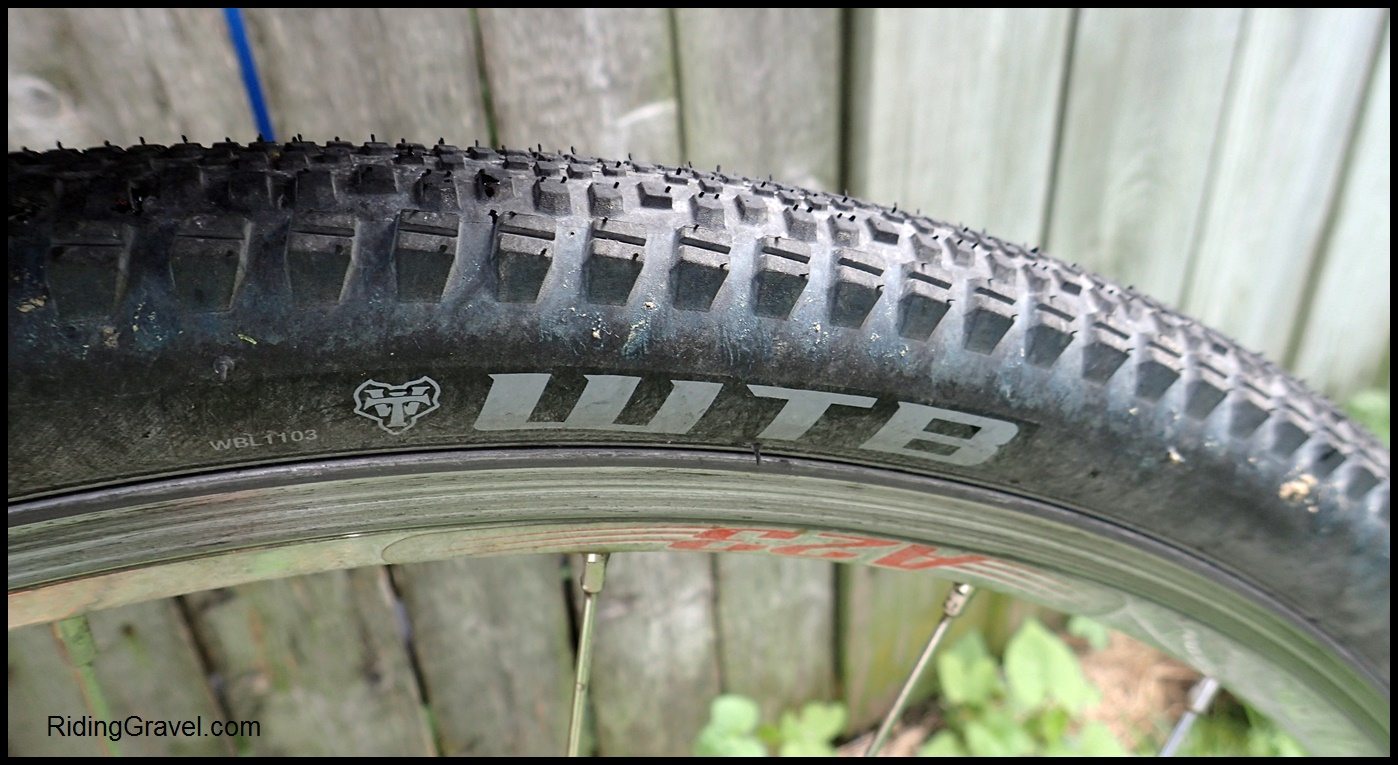
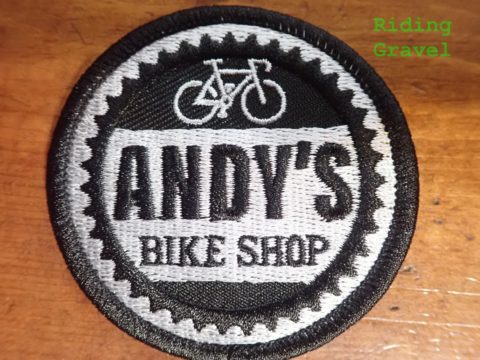
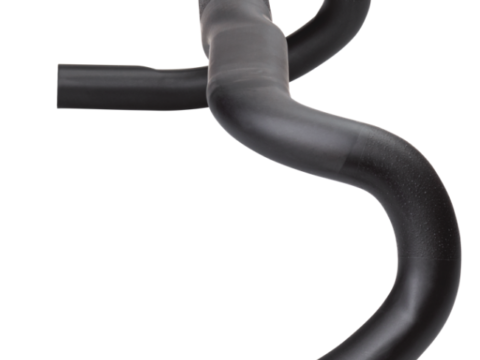
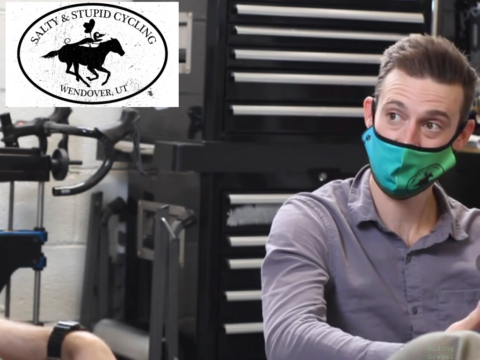
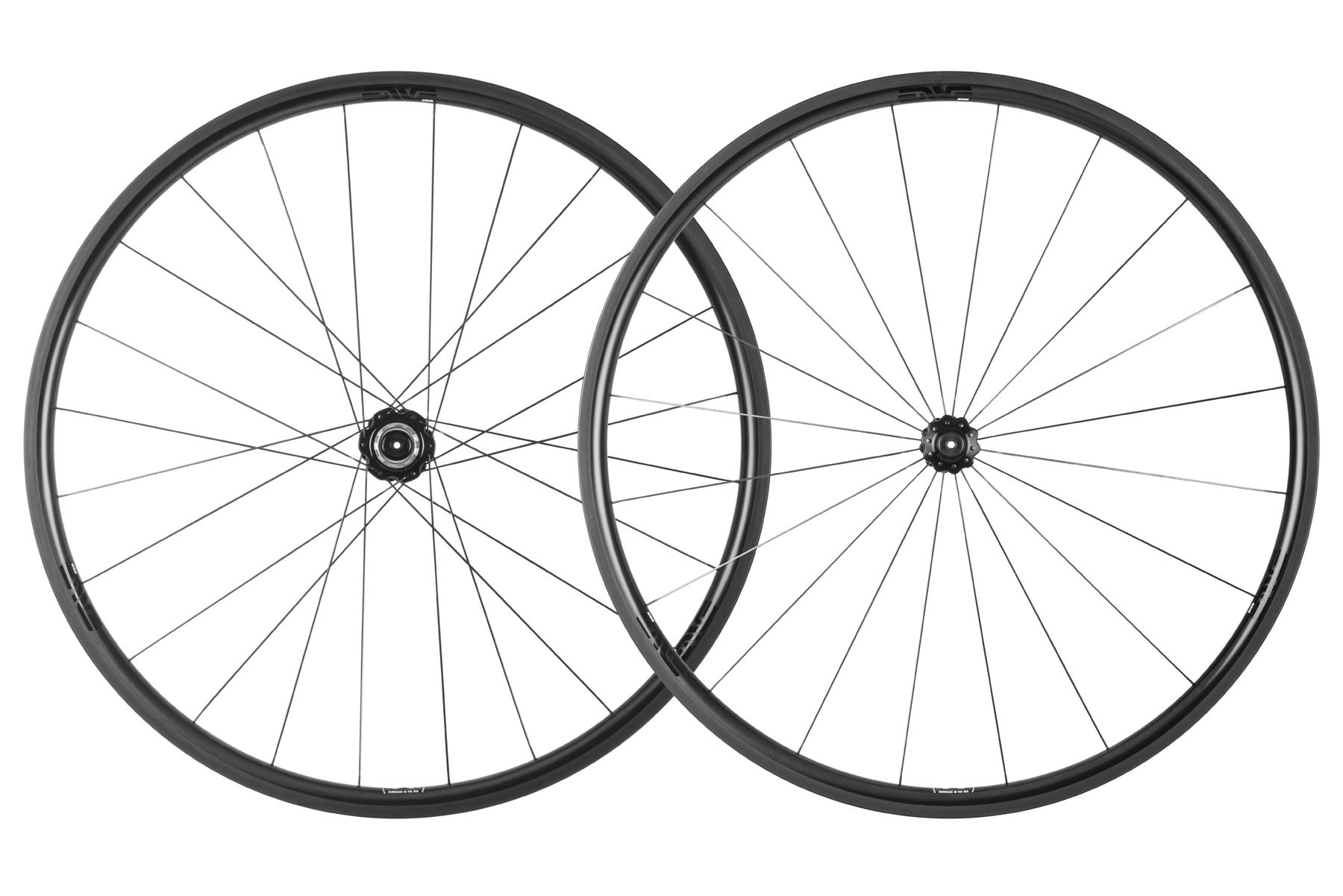
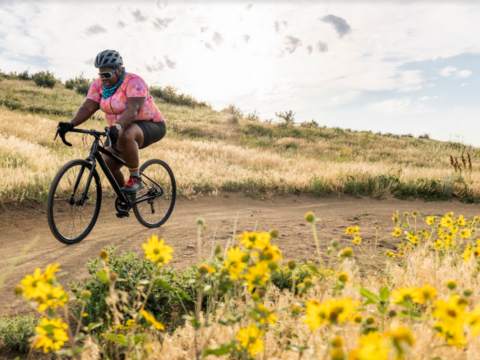
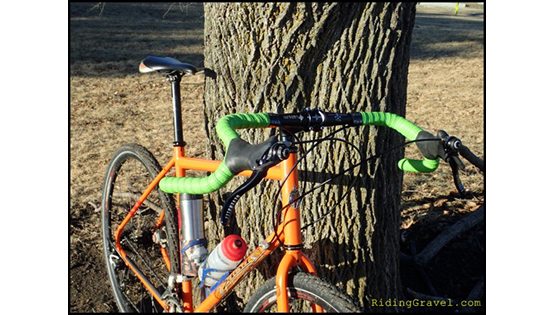
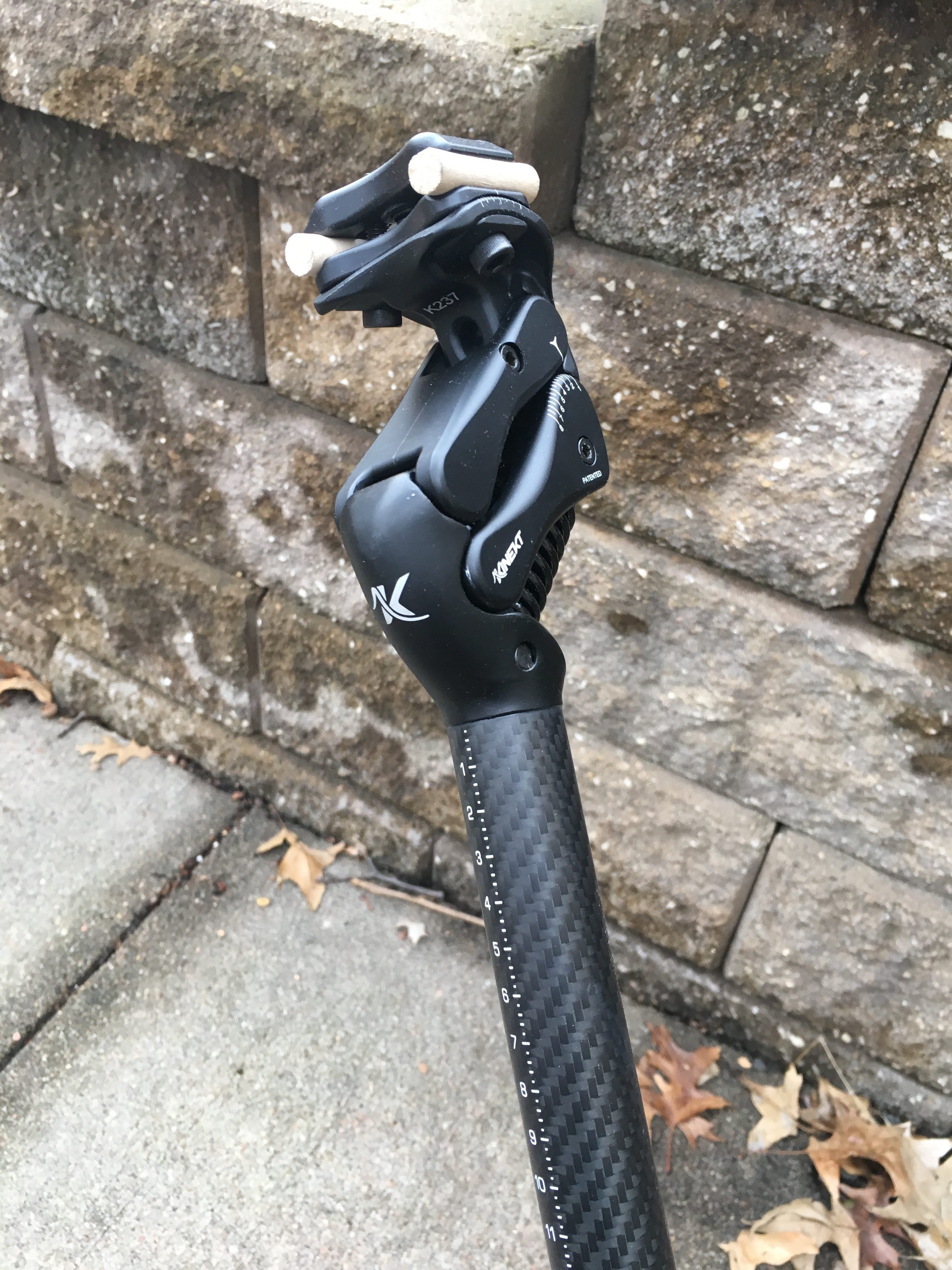
Excellent description and review. After hand issues got to me at this year’s Dirty Kanza, I changed from a cyclocross bar to a Cowchipper. There’s a big and meaningful difference between the two. The shape of the Cowchipper adds control and keeps the pressure off the key nerves running through the wrist. Great product!
Thanks Bill and Ted!
I’m not clear what you mean by this statement: “Everything from the way the bar feels to how the levers mount is very different with the Woodchipper, and to my mind, worse than a Cowchipper.” Can you elaborate?
Also could you compare/contrast the Cowchipper with the OnOne Midge? I’ve been using the Midge for on/off road use for many years. I feel like it’s not a great choice for me and am interested in this new bar but don’t want to just start blindly buying bars looking for something better. I’d rather hear descriptions of bar characteristics from someone who’s tried lots of different bars and then use my judgement to decide which sounds best for me.
Brian, I think the Woodchipper is basically a flawed design due to the radius that Salsa chose to use for the drops. It is the one feature that makes the Woodchipper difficult to set up where all positions and brake lever placement are useable by most people.
Interestingly enough, I rode in the DK200 with the On One Midge and swapped out to the Cowchipper immediately afterward. So, I have a good handle on the two and how they differ.
The On One Midge is a great bar, but the Cowchipper does two things that I feel make it a cut above the Midge. One thing is that the extensions are longer on the Cowchipper. Don’t like the length? Cut them shorter. You cannot lengthen a Midge’s extensions.
The other thing is that the tops on the Cowchipper are wider, since the “flare” of the Cowchipper’s drops is not as dramatic as that of the Midge. This also places the hoods a bit more upright, which some will appreciate. (I don’t notice any negatives there, but you might.) I like the wider tops, which add another useable position that the Midge lacks.
One more thing I almost forgot- The Cowchipper does come in different widths as well, by the way, which with the Midge, you are stuck with what it is.
That said, both bars have a nice, damped feel. Both bars have all positions as useable, comfortable positions, and brake levers are easily grabbed from the drop position.
Thanks for the clarification GT! I actually interpreted the original statement the opposite way.
I like the optional widths. I find the Midge too wide for me. Also reach is too far. I generally feel too stretched out as I like a rather compact cockpit. Compact drops are nice too.
These bars might be the ticket. Now any unsatisfied Cowchipper owners want to sell a used bar? 🙂
Hey Ted! Long time reader here. Worth ditching my Woodchippers for on the gen 2 Fargo? I never use the full extension, and find that often I can’t get my hands in quite the right place.
I rode halfway across the country on highway with the cowbells and loved them… But they’re not flared enough for rough terrain… are the Cowchippers really flared enough to handle a ramble over a rock garden or ramming directly into the 6-8″ curb? To take a downhill berm with speed? So far the Woodchippers do well at these things, even when confusing my hands as to where to be placed.
Mikhael, the Woodchipper does have an extension with more sweep, but I think you’d be well served by the Cowchipper’s sweep. The ergonomics of the bar are just better suited to most folks and how most would use a drop bar. I think more sweep is great from a leverage standpoint, so single speeders may not be so smitten with the Cowchipper, but for hitting the rough stuff? Yeah, I feel they do that well.
I am new to the gravel world. I still ride mainly on the asphalt but since I got a GT Grade I have been riding much more off road. I was wondering about your statement that most of the off road riding in on the drops. So far I have ridden mainly on the hoods like on the road and haven’t had any problems. What is the advantage of the drops? Also, do you change your bar height on a gravel setup compared to a road setup? My position would be quite low in front if I rode in the drops all the time.
Thanks,
David
David, you have some great questions. These are issues a lot of first time off road drop bar users bring up.
The drops are more secure, basically. The “hook” portion of the drop keeps your hands from slipping off forward, and the bend in the hook backward, as it comes over the top of your hands, helps to secure your grip in case you get jolted so hard you are about to lose the grip on the extensions. A grip on the hoods is much more precarious on rougher terrain. Of course, we’re talking roads or trails where the inclination to run suspension enters into the mindset. Nothing like your typical road fare. Does this occur often enough on “gravel” rides to warrant the drops becoming a main position? Well, at least here in Iowa it can, and often does. Braking bumps. whoop-de-doos, and pot holes are common, and dirt roads or primitive roads can be more like mountain biking than anything else.
So, to answer the second question- Yes. You need to consider your position carefully when utilizing drop bars to their fullest potential. If you rarely, if ever use the drops now, my thinking would be that the drop bar is essentially dead weight, and that perhaps a repositioning of components on your road bike is in order. (Grant Peterson might also agree with that point.)
Hi Ted
First of all thanks for all your great reviews
I am looking at replacing my Salsa cowbells with a set of cowchippers as I expect I will find the extra sweep more comfortable, however I was wondering if you could compare the amount of reach between these two bars. The Salsa website says the reach on the cowchippers is 96mm which is a big increase over the cowbells. Many thanks
Danny
Thank you, Danny.
Explaining all of these not very well defined terminologies that refer to how fit is determined can be frustrating, so please bear with me here….
I’m not sure where Salsa is measuring “reach” from, but as I look at the bars in question, they have very similar distances from the tops, (cross bar of the handle bar) to the center of the drop at it’s furthest extension. In other words, you probably will not notice much of a difference when your hands are in the drops and how they relate to your levers. Assuming that the stem/frame reach is a constant distance here.
What is dramatically different though is how much of the extensions extend back from the tops. On the Cowchipper, it is quite a lot. About a third again as much as a Cowbell. And, of course, the flare and sweep come into play here as well.
So, to sum up- The differences don’t seem that big when you are in the drops or on the hoods, but the extensions and the flare/sweep really make the Cowchipper seem more roomy, because it is a more roomy handlebar. By that I mean that you have a lot more room to move around, change grip, and throw the bike around in single track, if this is going to be an off-road bicycle.
I hope this answers your question.
Hey Ted,
Always enjoy your reviews of products and race/ride reports. I recently switched the bars on my Fargo to the 46cm Cowchipper’s. Wow, Amazing. I have enjoyed this bike and had many adventures over the past 3 years, but this made the whole bike come together. I can not wait to ride it again and again, my other bikes are feeling neglected.
Head down south and join us for a gravel in Missouri.
Thank you, John. I appreciate the invitation. I just may do that next year. And I am glad you found the Cowchippers to be something that has worked for you. In my opinion, they are the best- off road drop bars available out there.
Hello,
If you run a 44cm road bar normally, does that put you at a 46cm cow chipper? I’m not sure what size to get.
Hey Tim,
We recommend taking your question over to our forum. There are a lot of good thoughts and opinions over there. https://ridinggravel.com/forum/
Thanks for following along,
Ben
Hi Ted,
I’ve just fitted some Love Mub Bombers and my first impression is that manualling up and pushing off big steps (8-12″ are common on my canal commute) might not be as controlled without fitting a shorter and/or higher rise stem compared to what I was running with standard drops (taken over from a Genesis Croix De Fer). Is this something you’ve found?
Thanks,
Nate
Nate: The primary grip position on an offroad drop bar is in the drops, so when swapping from a flat bar bike or from a bike with drops that are differently shaped, one will want to try to get that primary grip area in the same/similar place that it was on the bars you are replacing. That usually entails a stem change.
Going from flat bars, on a bike designed for flat bars, to an off road drop bar is, perhaps, the most difficult in that the stem that is usually required is a short reach, steep rise type which is harder to source than typical stems. This is why stems like the various custom “LD” versions of the stem used originally by Steve Potts, Charlie Cunningham, and others are used. There is a version of this stem due from the Velo Orange company soon as well. You can read about these stems comong from VO in their blog entry here: http://velo-orange.blogspot.com/2016/04/more-stem-stuff.html
Ted-
I’ve wanted to like the Gary Os Sweep for months now, but I’m afraid that there are just too many compromises to make to keep it. My primary gripe is the reach. AS you mentioned, I had to go with a shorter stem to make the hoods and hooks useable. And those positions are great. But the top of the bar is useless as it is too close due to the shorter stem. I have a Cowbell on my wife’s grave bike and she loves it. I prefer more flare. How would you compare the OS Sweep to the Cowchipper?
PhilBa- I really think the Cowchipper is a superior bar. It tics all the right boxes, so as you say, the Gary OS Sweep, whjile being nice, just doesn’t quite measure up.
I have been using this bar for a while now. I have ridden them all dating back to the old WTB dirt drop. All of the above listed positives in this review apply, especially the comfort on the hoods. Allow me to add that because of this bar I spend more time in the drops, especially descending. one important aspect to the drops besides width for control and ability to reach lever to me is the flare and short reach clears my forearms from the top bar. any other shape, for my fit anyway, technical descending my arms can hit the top portion of the bar and it becomes problematic for control and pain in the least.